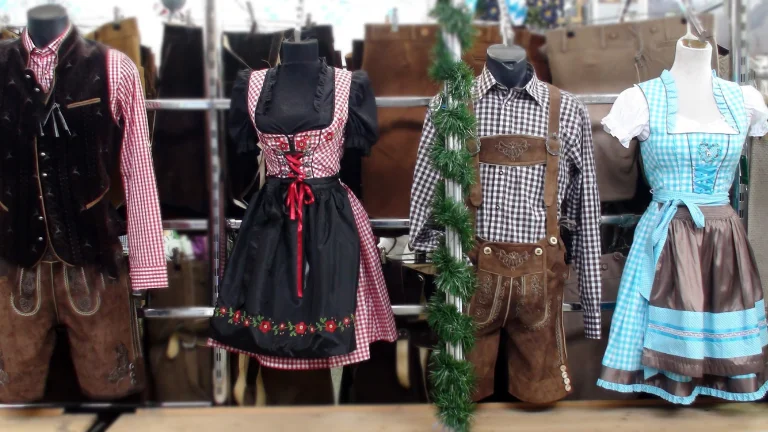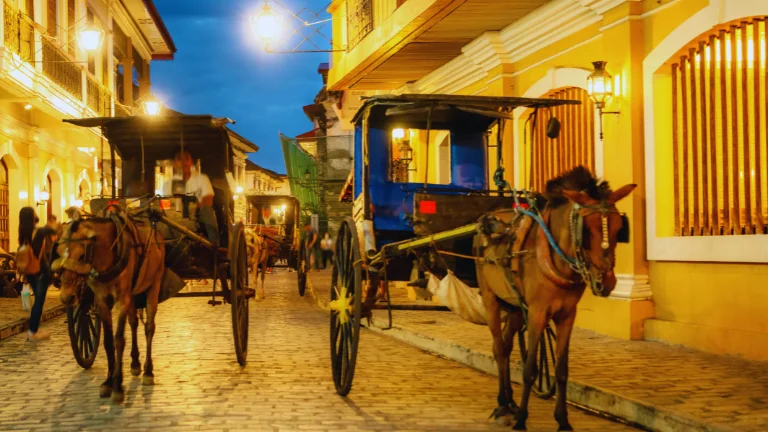Imagine a parade where history comes alive, vibrant costumes swirl, and the air is filled with the lively notes of traditional Bavarian music.
That’s the essence of the Traditional Costume and Riflemen’s Parade at Oktoberfest 2024. Kicking off on the festival’s first Sunday, this grand procession features over 8,000 participants, from riflemen to dancers, all celebrating Bavarian heritage in a spectacular display. Munich transforms a living canvas of culture and tradition as the parade moves from Maximilian Street to Theresienwiese.
When it Happen?
It usually takes place on the first Sunday of the festive which is now on September 22, 2024. this parade is a stunning showcase of history, tradition, and regional pride, attracting thousands of participants and spectators from around the world.
Tradition’s Roots
The Traditional Costume and Riflemen’s Parade, known as the “Trachten- und Schützenzug” in German, has deep historical roots dating back to 1835. It was originally held to commemorate the silver wedding anniversary of King Ludwig I and Queen Therese of Bavaria. Over the years, it has evolved into a major highlight of Oktoberfest, celebrating the rich cultural heritage and traditions of Bavaria and its neighboring regions.
Participants and Costumes
Traditional Bavarian attire, or “Trachten,” is a key feature of the parade, adding authenticity and charm to the event. Participants don a variety of traditional clothing, each with its own significance and historical roots.

- Lederhosen: Worn by men, Lederhosen are knee-length leather shorts, often adorned with intricate embroidery and paired with suspenders. They are typically worn with checkered or white shirts, woolen socks, and sturdy shoes. Lederhosen are not only a symbol of Bavarian culture but also a practical choice, designed to withstand the rigors of outdoor activities and festivities.
- Dirndls: Women wear Dirndls, which consist of a bodice, blouse, full skirt, and apron. The design and color of Dirndls vary, with some featuring elaborate patterns and lace. The way the apron is tied can also signify a woman’s marital status—tied on the left indicates she is single, on the right means she is taken, and at the back signifies widowhood or being a waitress.
- Historical Uniforms: Riflemen and members of traditional shooting clubs wear historical uniforms that reflect their long-standing traditions. These uniforms often include elaborate hats, sashes, and medals, showcasing the historical and cultural significance of their respective clubs.
- Regional Costumes: Each region represented in the parade has its own distinctive traditional attire. These regional costumes are a testament to the diversity and cultural richness of Germany and its neighboring countries. From the Alpine regions of Bavaria to the coastal areas of Northern Germany, each costume tells a story of regional identity and heritage.
Route and Festivities
The parade begins at Maximilian Street, a significant thoroughfare in Munich, and winds its way through the city to the Theresienwiese, the official grounds of Oktoberfest. Along the route, spectators line the streets, eagerly anticipating the procession of colorful costumes, music, and performances. The route itself is adorned with Bavarian flags and decorations, enhancing the festive spirit.
Highlights of the Parade
A highlight of the parade is the beautifully decorated floats and horse-drawn carriages. Each float and carriage is meticulously adorned with flowers, ribbons, and traditional motifs, creating a visual feast for spectators.
READ MORE: Highlights of the Oktoberfest 2023.
- Flower-Decorated Floats: The floats, decorated with a stunning array of flowers, showcase various themes related to Bavarian culture and history. These themes can range from agricultural scenes to historical events, each depicted with artistic flair and creativity.
- Horse-Drawn Carriages: Traditional horse-drawn carriages, carrying dignitaries, festival royalty, and notable figures, are a charming feature of the parade. The horses, often adorned with decorative harnesses and floral wreaths, add to the nostalgic and festive atmosphere.

- Thematic Floats: Thematic floats represent various aspects of Bavarian life and heritage. These floats can depict scenes from folklore, historical events, or iconic landmarks. They are meticulously crafted and decorated, showcasing the creativity and craftsmanship of the participants.
Music and Performances
Music plays a vital role in the Traditional Costume and Riflemen’s Parade, with traditional Bavarian marching bands, or “Blaskapelle,” providing a lively soundtrack. These music bands feature brass and percussion instruments, creating a vibrant sound that energizes the event.
The bands perform a mix of folk songs, polkas, waltzes, and marches, encouraging spectators to join in the festivities. Along the parade route, folk dance groups perform traditional dances like the “Schuhplattler,” adding to the dynamic atmosphere. Singing well-known Bavarian songs and raising mugs for toasts of “Prosit!” further enhances the celebratory spirit of the parade.
Take Over
The Traditional Costume and Riflemen’s Parade is a cornerstone of Oktoberfest, encapsulating the spirit of Bavarian culture through its vibrant costumes, music, and performances. It is a must-see event for anyone attending Oktoberfest, offering a memorable and immersive cultural experience.